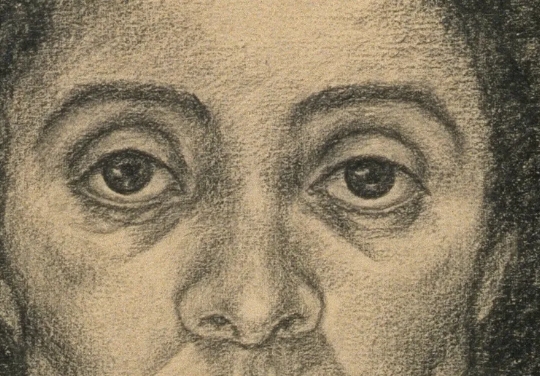Adrian Piper: Unveiling the Contradictions in Self-Portrait
Renowned conceptual artist Adrian Piper has long been known for her thought-provoking and boundary-pushing works. One of her most famous pieces, Self-Portrait Exaggerating My Negroid Features, has been a subject of much discussion and analysis since its creation in 1981.
Challenging Perceptions
In this self-portrait, Piper boldly exaggerates the features typically associated with blackness, such as her skin color and hair texture. By doing so, she challenges the viewer to confront their own preconceived notions and biases about race and identity. The exaggerated features serve as a commentary on the ways in which society categorizes and marginalizes individuals based on their physical appearance.
Questioning Identity
Through this self-portrait, Piper also raises questions about the fluidity and complexity of identity. By exaggerating her own features, she blurs the lines between what is considered “black” and “white,” forcing the viewer to reconsider their assumptions about race and ethnicity. Piper’s work challenges us to think critically about how we define ourselves and others, and how those definitions can be both limiting and liberating.
Reclaiming Power
In creating this self-portrait, Piper also asserts her own agency and autonomy as an artist and as a black woman. By boldly exaggerating her features, she takes control of the narrative surrounding her identity and challenges the viewer to see her on her own terms. In a society that often seeks to diminish and dehumanize black individuals, Piper’s work serves as a powerful act of self-affirmation and empowerment.
Unveiling Contradictions
Ultimately, Self-Portrait Exaggerating My Negroid Features is a complex and multi-layered work that invites viewers to confront and unpack their own biases and assumptions. By pushing the boundaries of traditional portraiture and challenging societal norms, Adrian Piper reveals the contradictions and complexities inherent in our understanding of race, identity, and self-perception. Her work continues to inspire and provoke discussion, pushing us to think more deeply about the way we see ourselves and others in the world.



